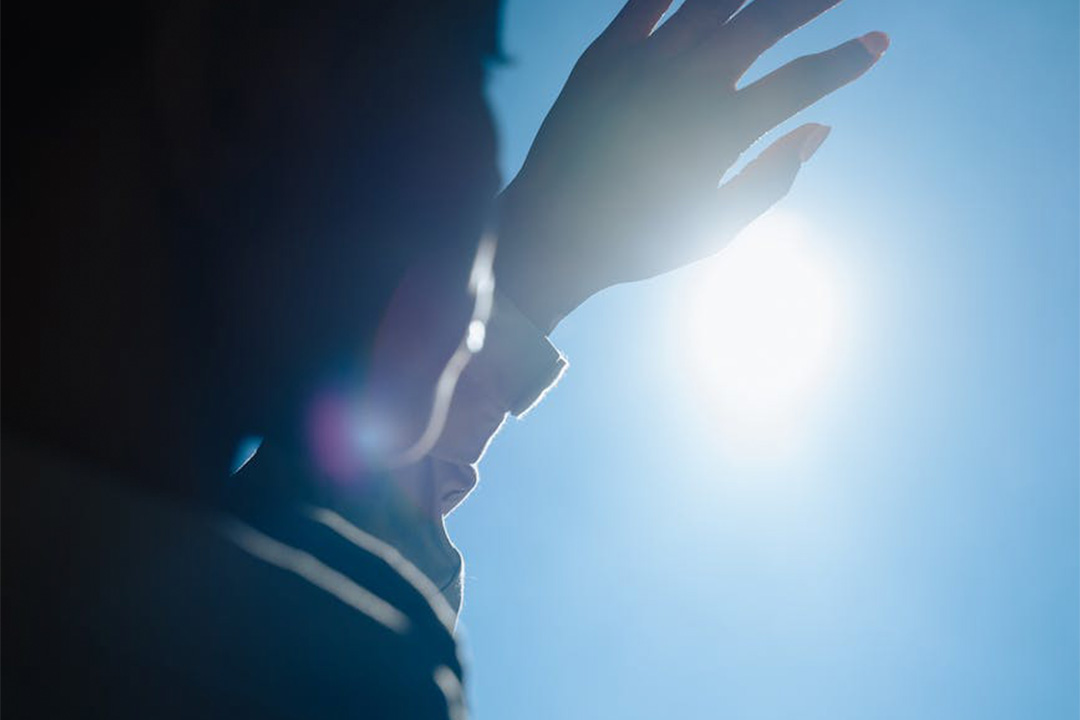Don’t Look!
On October 14, 2023, the world experienced an Annular Solar Eclipse. An Annular Solar Eclipse happens when the moon appears small in the sky and does not fully cover the sun. This event leaves a thin outer ring called a “ring of fire.” Depending on the distance to the moon, it may or may not fully cover the sun. Sounds cool, right? Maybe you want to take a look! But don’t look! Looking at a solar eclipse can damage your eyes, temporarily or permanently. Exposure to the light can damage or destroy cells in the retina (back of the eye) that transmits what you see to the brain. It may take a few hours to a few days after viewing a solar eclipse to notice that damage has occurred.
Staring at the sun for even a few seconds can also damage the retina, a condition called Solar Retinopathy (also occurs with an eclipse) because it exposes your eyes to UV rays. Short-term damage can include sunburn of the cornea, known as Solar Keratitis.
There are other types of bright lights that can damage the eyes. Ultraviolet light can overwhelm the retina and burn exposed tissue, which can happen when using tools such as a welding torch. It is very important to shield the eyes from such dangerous light, which is why welders use a “pancake hood” designed to protect against UV rays and sparks. Bright white fluorescent tube lights and incandescent bulbs emit the most UV radiation and may cause potential damage to the eyes. Smartphones, tablets, and LED lights emit blue light that can also be harmful. Though it is a myth that televisions cause blindness, prolonged viewing can cause eye strain, which can lead to pain, blurry vision, and headaches.
Living in Hawaii, we are lucky to have two of the world’s most active volcanoes, Kilauea and Maunaloa, located on the island of Hawaii. Although volcanoes are beautiful to observe, we must take safety measures. Volcanic ash, a mixture of rock, glass, and mineral particles from eruptions, can damage your eyes and cause redness, burning, and photosensitivity. To protect yourself, wear goggles, long-sleeved shirts, and long pants.
“Happy New Year!” Sparklers and fireworks are exciting but can also cause eye injuries. Sparklers burn at about 2,000 degrees Fahrenheit and emit dangerous sparks. About 15% of all sparkler- and firework-related injuries affect the eyes, and approximately 5% of these victims lose all fundamental vision. Children under 15 account for 36% of all firework injuries, so they should be monitored closely when handling fireworks.
There are ways to safely enjoy activities like these: use solar viewing glasses (eclipse glasses or a safe hand-held solar viewer). Remember, eclipse glasses are not regular sunglasses. When using fireworks, wear proper eye protection (safety goggles) and stay at a safe distance from volcanic viewing areas. If you get ash in your eyes, do not rub them; instead, wash them out with water. Always stay at least an arm’s length from fireworks, and keep plenty of water nearby. The last time I played with poppers with my cousins, it was fun! Remember, be careful, responsible, and aware to protect your eyes. Ms. Marri and Travel Visions want people to know that we are capable of living full and happy lives, so keep reading my blog to discover more adventures! —Kelly
Citations
- ABC News Network. (n.d.). ABC News.
- Centers for Disease Control and Prevention. (2022, January 25). Protecting yourself during a volcanic eruption.
- Fulcoe. (2023, March 15). Are LED lights damaging your retina? Cleveland Clinic.
- Mayo Clinic Health System. (2020, September 14). Protect your eyes from harmful light.
- Migrator. (n.d.). U.S. fireworks injuries are on the rise. healthday.
- NASA. (n.d.). 2023 annular eclipse: Where & when - NASA science.
- Program, V. H. (n.d.-a). Impacts & mitigation - eye symptoms and skin irritation.
- American Academy of Ophthalmology. (2023, October 4). Solar Eclipse Eye Safety.
